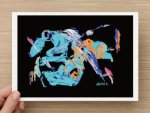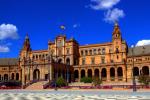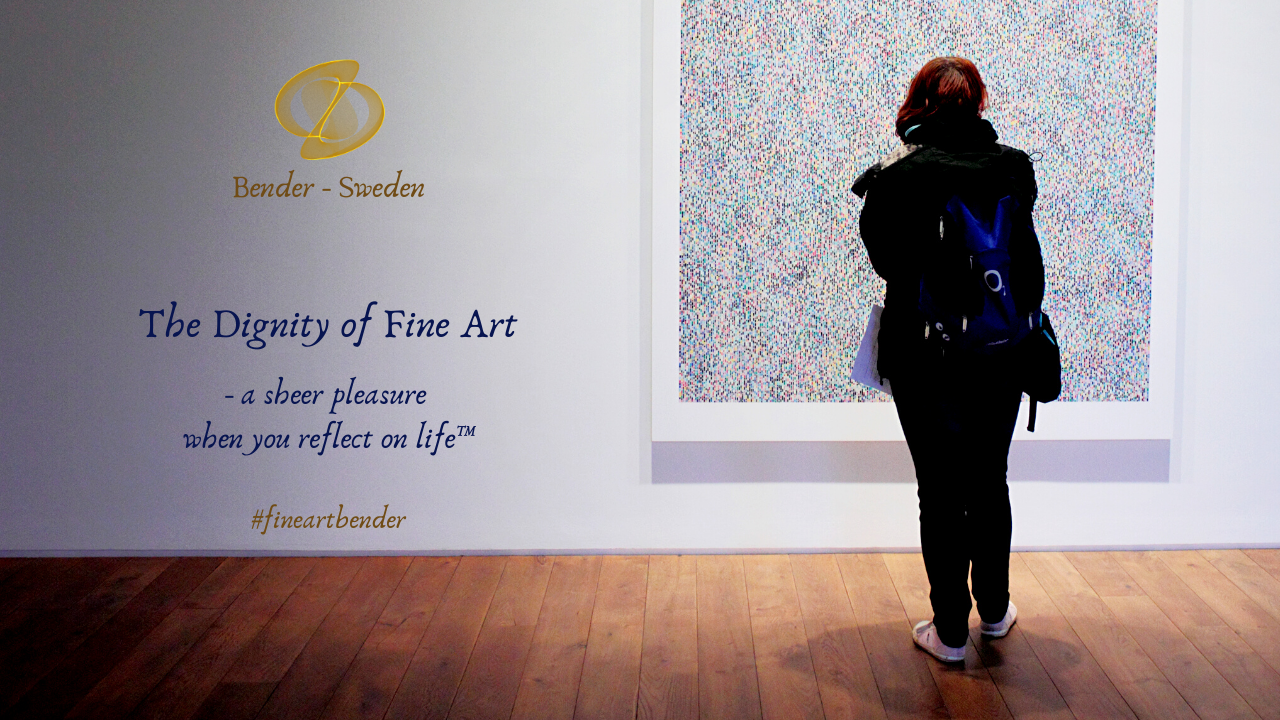Art and Culture in Europe - part 3
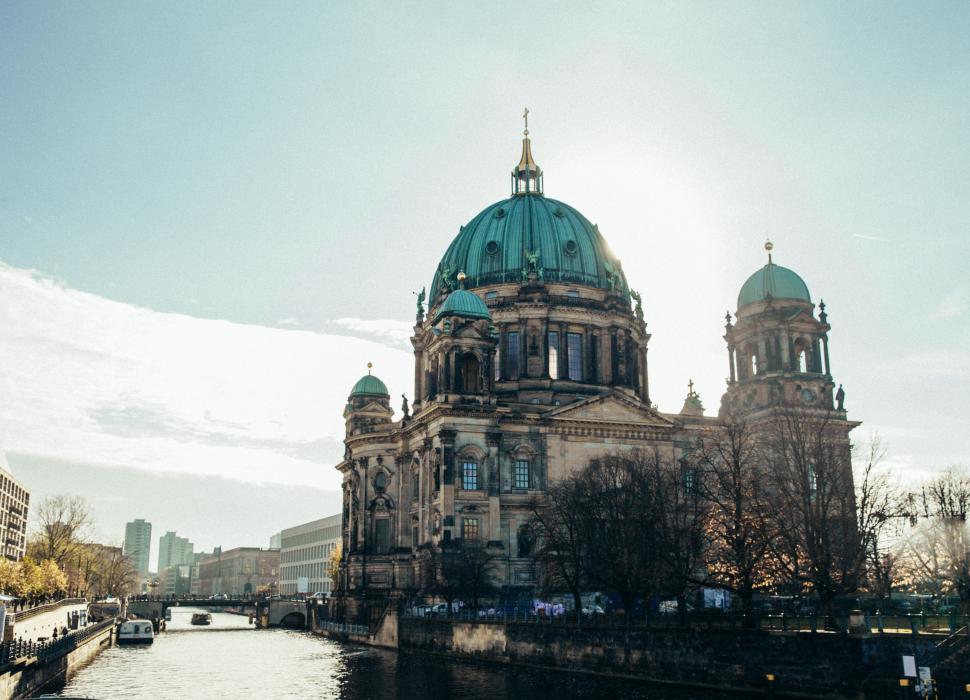
Art and Culture in Europe - part 3
European Art Culture is a form of culture, but culture
is a wider and more diverse entity. European culture has been defined as
geographically distinct, with each region having their own kind of culture.
This may be termed as Catholicism, Orthodoxy, Protestantism, Judaism or Islam.
Each of these cultures influences other forms of culture such as art, music,
literature and architecture. As such, there have been perceived cultural fault
lines dividing Europe.
Video: The Dordogne, France: Lascaux's Prehistoric Cave Paintings
However, there is a common convention about the origin
of European culture. Ancient aboriginal European culture from the Greek and the
Romans was strengthened by Christianity and then the rest of the continent
adopted it in one form or another. European culture has evolved greatly and has
been driven along by many things. Important points in history such as the
renaissance revolutionized and reformed the culture. So did reformation. There
were numerous experiments too that greatly influenced European culture and art,
and these include enlightenment, romanticism, democracy, communism, socialism
and fascism, among others.
Written language, the hallmark of human civilization, didn't just suddenly appear one day. Thousands of years before the first fully developed writing systems, our ancestors scrawled geometric signs across the walls of the caves they sheltered in. Paleoanthropologist and rock art researcher Genevieve von Petzinger has studied and codified these ancient markings in caves across Europe. The uniformity of her findings suggest that graphic communication, and the ability to preserve and transmit messages beyond a single moment in time, may be much older than we think.
All these factors in one way or the other contributed
to the growth of the European art and culture to what it is in the present day.
The major aspects of the European culture that can be discussed in depth include
art, literature, science, religion, philosophy and cuisine.
Art
Art in the ancient European culture formed a pivotal role and everyone
appreciated it. The oldest known painting is that done on the El Castillo caves
in Spain. These cave paintings are more than 40,800 years old. Painting has
undergone several stages from the original antiquity to the classical and
representational art of the medieval age. This was in turn replaced by the
abstract and expressional form of painting that became evident from the
renaissance period onwards.
Video: European Paintings: From Leonardo to Rembrandt to Goya | U3Mx on edX | About Video
Painting has always been a crucial form of art from
the ancient ages to the present. The oldest forms of sculptures are those of
the female human form. However, sculptural art has developed a great deal with
its main turning point being the renaissance where grotesque human forms with
no definite shapes started appearing as sculptures.
Music
Another form of art worth mentioning in the European culture was music.
Classical music gained popularity all over the world with artists like
Beethoven, Mozart and Vivaldi gaining immortal fame for their pieces that got
played all over the world. Most forms of modern music have however been
imported from America and changed to its own genre. These include pop music,
blues, jazz and rock. Some movements that were involved in the transformation
of music include the British invasion, The new wave of British heavy metal and
Brit Pop.
Video: The Traditional music of European Countries First part
Beatles mania and the popularity of the group rolling stones were especially high points of musical culture revolution in Europe. Architecture The main kind of architecture that was present in ancient Europe was Neolithic architecture, which developed from Levant and spread to the rest of Europe. Mediterranean Neolithic architecture is evident in their temples and this spread to the rest of Europe where long structures made of wattle and daub were built. Much of these structures remain in Ireland.
Literature
Europe has been credited with the greatest writers of all time in both
fictional and non-fictional nature. These artists include Giovanni Boccaccio,
Carlo Goldoni, Luigi Pirandello, Rousseau, Gustave Flaubert, Alexander Pushkin,
Nicolai Golgol, Leo Tolstoy, Dennis Diderot and many more. These literary works
range from fictional works to sizzling poetic works and autobiographies. The
literary works have gained popularity all over the world and they have
attracted many scholars. Works of European writers and especially those of
Shakespeare have gained immortal fame, which is a great feat considering that
nobody even owns an authentic photograph or image of the world's most famous
writer.
On October 2nd 2019 Ahdaf Soueif was presented the Princess Magriet Award for Culture for her writing, her activism and her initiation of the Palestine Festival of Literature.
Video: Ahdaf Soueif Wins 2019 European Culture Award: Acceptance Speech in Full
Science
European culture cannot be discussed
without mention of European scientists who made great inventions that brought
civilization to the modern world. Isaac Newton, Charles Darwin, Robert Hooke,
Albert Einstein, Johannes Kepler, Michael Faraday, Leonardo da Vinci, Galileo
Galilei and many more of these scientists worked day and night to demystify
science and to come up with unique innovations that no doubt made life in the
present age simpler. Modern scientific studies and especially physics,
chemistry and biological sciences are attributed to these scientists. Einstein
is also credited as the greatest mathematician of all time.
Imagine you are living in Europe in the year 2030. What does your society look like, where do you live and what occupies your time?
Video: The Future of Europe is Science
Some of the scholars like Sigmund Freud also dealt
with the human kind and their studies became the basis for psychology and
social studies. Religion Most of European countries contain one form of
religion or the other, with Christianity being most predominant. Christianity
occurs in mainly Protestantism, Catholicism and orthodoxy. Some countries and
especially turkey, Herzegovina, Kosovo, Albania and some parts of Ukraine
practice Islam. There is also widespread Judaism in Russia, The United Kingdom
and France.
Cuisine
European cuisine is famous all over the world and especially French cuisine.
Most of the European and western cuisine is more unique as compared to Asian
cuisine. This is because most contains substantial amount of meat and
especially steak, which is a staple in all these cuisines. Sauces are also part
of the main dish mainly because food was cooked in huge chunks which could not
be penetrated by condiments and seasonings. This made the presence of sauces as
accompaniments to these dishes necessary. Wheat flour products were the main
staple in these dishes, with pasta and dumplings supplementing it until the
European colonization of America. This introduced a new kind of staple,
potatoes.
This month, Talking Europe takes a closer look at just what goes into European food – and asks whether Europe’s tight regulations are working, given the Fipronil egg scandal, as well as the controversial debate over the use of glyphosate herbicide. In Portugal, we visit farms and one of Lisbon’s best dining experiences with Isabel Berger, a food-traceability expert, to discuss why consumers can be confident about the quality of their food.
Video: Europeans and their food: World-beaters in tradition and traceability?
Clothing and fashion
are also a great part of the European culture. Couture fashion found its origin
in France and other European countries and is famous all over the world.
European designers like Yves Saint Laurent and Giorgio Armani have made a name
for themselves all over the world. The European culture is as diverse as it is
fascinating. European art and culture is wide and has a lot of components that
cannot be sufficiently discussed in one article. This is because there are lots
of players and it has many categories, probably as many as there are countries
in Europe.
Back from Art and Culture in Europe - part 3, to
Art and Culture in Europe part 2
Index or Site Map
Since 1987
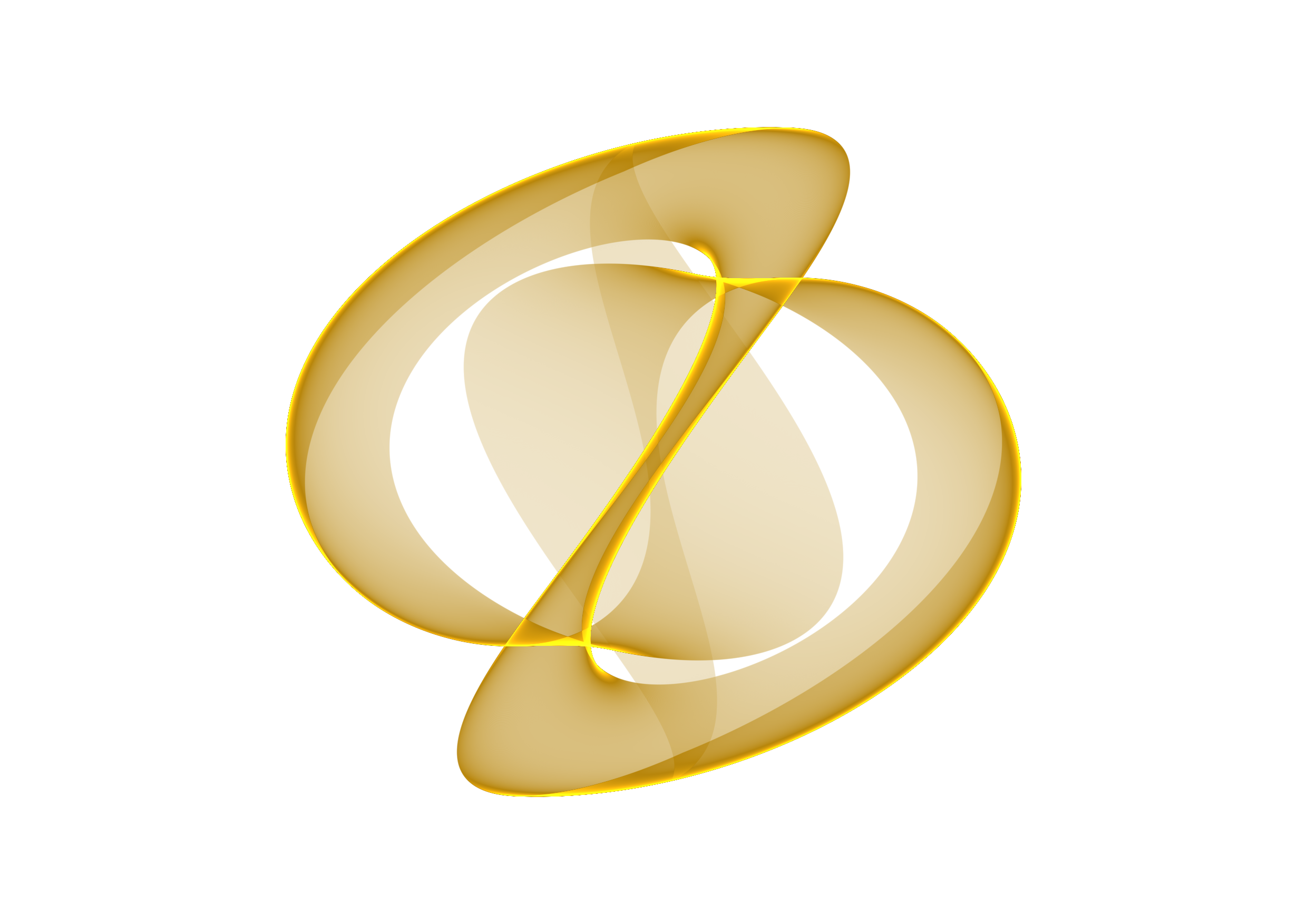
- Vision -
Inspiration - Purpose - Target
- Goals - Strategy
2025?
Ingenting är kraftfullare
än en idé vars tiden är inne .
-Victor Hugo
